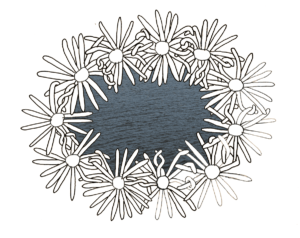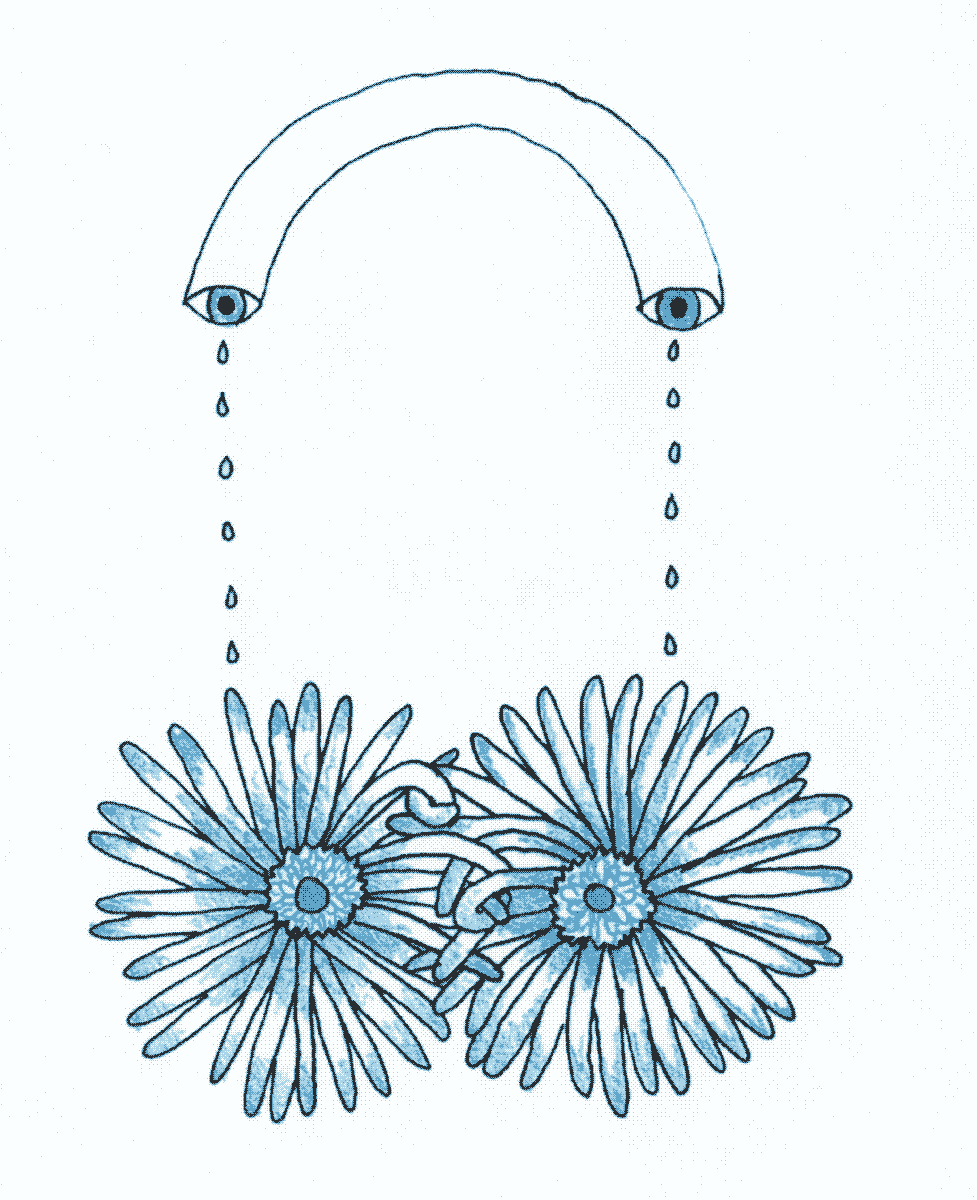Not for the faint of heart, Colin Askey’s 2022 documentary, Love in the Time of Fentanyl is an unfiltered look at the state of crisis we are in. Overdoses have risen across the Downtown Eastside, British Columbia and Canada for years. Frustrated by the inaction of governing bodies, the Overdose Prevention Society (OPS) was formed so the community could begin helping itself. Their mission? “Be leaders in the harm reduction movement with a continual push for change and justice, offer employment and advancement opportunities for members of the Downtown Eastside community, and continually work to break the stigma of addiction through empowering drug users and fighting against preconceptions of substance use.” The OPS is a haven to those looking to use safely, but it also provides an opportunity for those same people to feel like they are a part of something greater than their addiction. Allowing people that are both in active addiction, as well as recovery,to work in a harm reduction centre seems risky — but the film presents the reality of the situation: When most people are given respect and a chance to do well, they typically rise to the occasion. At one point, it’s explained that while the pay is not lucrative and the work is by no means easy, it instead provides purpose to people who are currently lost in an unforgiving sea. There were many scenes of staff who straddle the line between user and employee — working diligently and completely cognizant of the impact they are making. It’s amazing what kind of effort people put forth when treated with dignity, especially after a long or intense period of dehumanization.

Love in the Time of Fentanyl is aesthetically pleasing to watch; clearly a project with just as much artistic merit as dedicated purpose. Wide shots of vibrant street art, usually in honour of OPS employees and clientele who have passed. Sprawling shots of Columbia St, Hastings St, and surrounding areas, strewn with people at all hours of the day. As a Vancouverite, there is a weird feeling of familiarity when recognizing streets, venues, and even people, on screen. If there was ever heartbreak intertwined with beauty, this would be the example. While the film is interesting and the cinematography is appreciated, I still came away with a lot of questions. There were several scenes in the documentary that were clearly alluding to important events, but did not go deep enough to explain why these moments were important. In a particularly climatic scene where an employee of OPS goes before Mayor Kennedy Stewart and other government delegates to discuss the positive impact OPS has had on his life, as well as the rest of the DTES community, context was never given. There was no explanation regarding what the meeting was about, or what objective they were trying to achieve. I was left feeling curious about what point I was missing, and it inspired me to further research OPS and other harm reduction groups after I watched the film. It occurs to me that, maybe, that was the intention of these vague sprinklings after all.

Somehow, harm reduction centres continue to be a topic of debate among people and communities. You will hear people comment ‘not in my backyard’ when locations for harm reduction centres are being chosen. The irony being that this crisis has far outgrown our backyards — in fact, it’s flooded the front yard and it’s pouring out into the street. Quick to forget that addiction takes many shapes, and it’s not solely reserved for the population living in the DTES — and neither is overdose. It’s the 20-something year old kid with social anxiety that thinks a couple bumps of oxycontin would help his confidence. It’s the family man who is prescribed opiates after a particularly bad car accident and can no longer afford the cost of prescription drugs, but still needs something to dull the physical pain. It’s the war veteran who witnessed gruesome death, who was met with almost no support services upon returning from overseas, and needs a break from the flashbacks and crippling depression. I know this, you know this, we all know this. Why does it take vigilante action to put some level of support in place? We should be appreciative that places like the Overdose Prevention Society have not only laid the blueprints, but also accepted the current responsibility as their own. However, it’s going to take effort from all sides to scale this into a tangible, long term solution.

“No one has ever died in an overdose prevention centre” is strewn across the screen as a closing note before the credits roll. Something about that rang loud to me. It’s complicated — there’s no denying it. There will never be a magic answer to addiction and at this point, we have to accept it is a natural part of our society. However, the film accentuates victims of addiction are as human as anyone. Are they not entitled to care regardless of what circumstance or decision has led them to a life dictated by substance abuse? Are their lives worth less?
I’ll preface this last thought with the fact I am not a COVID denier — I still wear a mask while grocery shopping and I believe our government tried their best to navigate a very difficult situation. But Love in the Time of Fentanyl has me wondering if we will reflect on the last couple years and see our panic and concern was misplaced. As a whole, we went to great lengths to ensure our most vulnerable were protected from physical illness. But somehow, we’ve spent a lot of time ignoring there is another vulnerable population that existed long before pandemic season and will live well beyond it – people in the thick of addiction. OPS is doing their part to help who they can, the best they can, but it can’t be all up to them.


